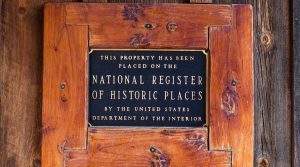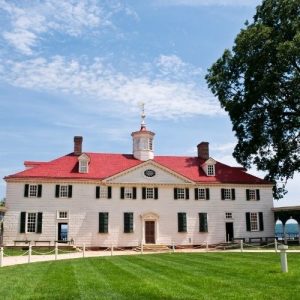What Makes a Property Historic?
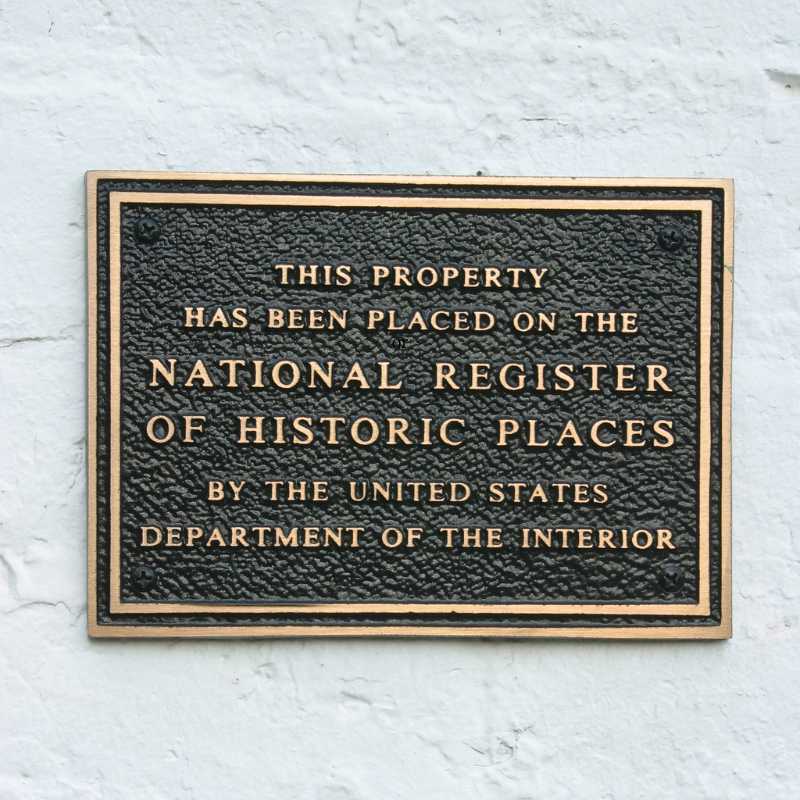
Historic properties play a crucial role in preserving our cultural heritage and providing us with a tangible connection to our past. From grand estates to simple family homes, these properties are often rich in history, architecture, and cultural significance.
But what makes a property historic?
Definition of a Historic Property
A historic property is typically defined as a building, site, district, structure, or object that is significant in terms of architecture, engineering, American history, culture, archaeology, or other areas.
The criteria for determining historical significance may vary by country, region, and local jurisdiction, but it typically involves considering the age, style, rarity, uniqueness, and association with important events, people, or architectural movements.
Preservation
The preservation of historic properties is of great importance, as it allows us to keep a piece of our history alive and to pass on our cultural heritage to future generations.
In the United States, the National Park Service has established the National Register of Historic Places to recognize and preserve historic properties at the national level. This register provides recognition, incentives, and protection for historic properties, helping to ensure that our cultural heritage is preserved for generations to come.
In this article, we will explore the criteria for determining historical significance, the National Register of Historic Places, and local preservation efforts. We will also discuss the importance of preserving historic properties and what you can do to get involved in this important work.
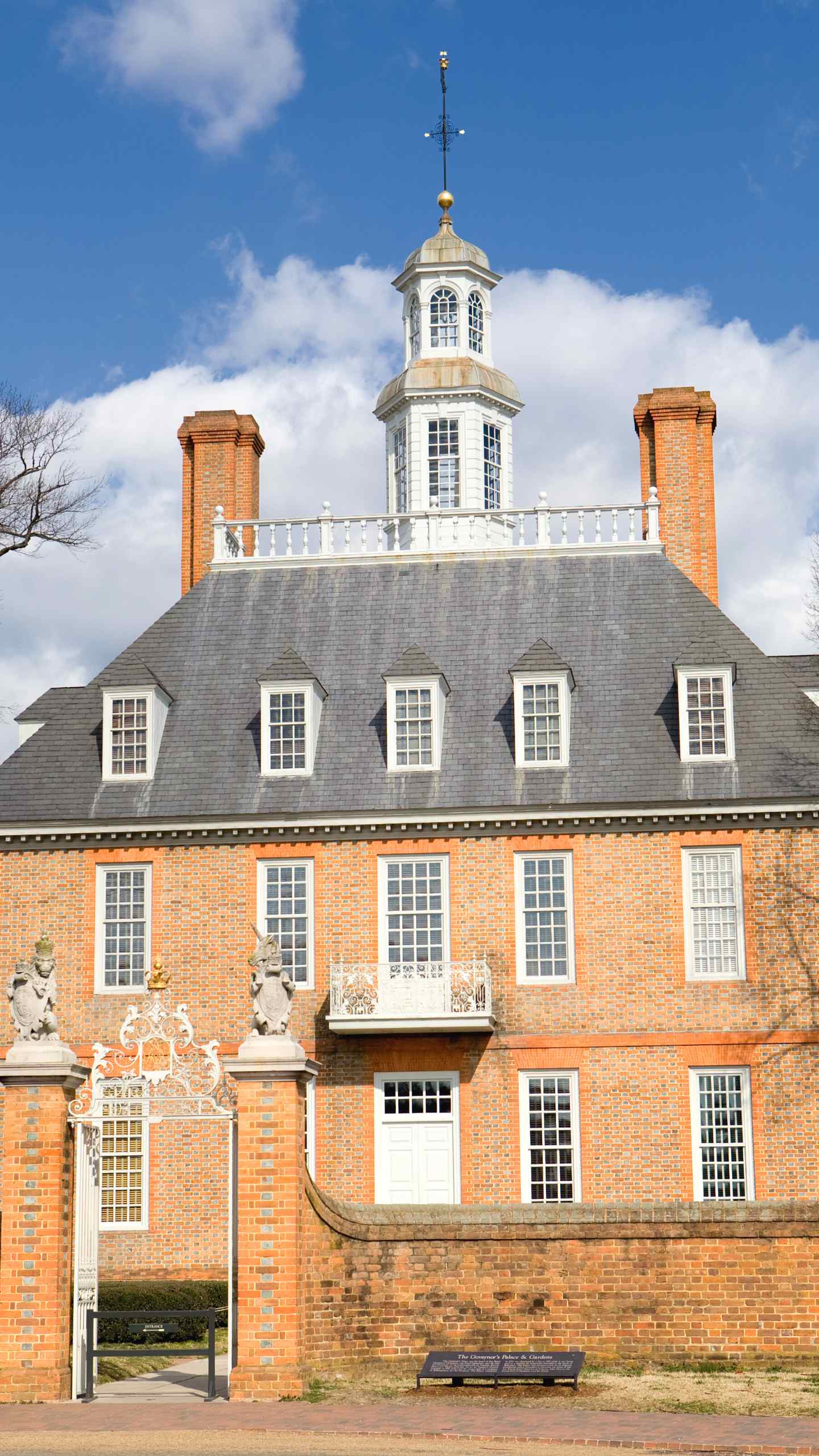
Criteria for Determining Historical Significance And What Makes a Property Historic
To determine whether a property is historic, several key criteria must be considered. The following are some of the most commonly used criteria in the United States:
A. Age of the Property: Age is often one of the first considerations when evaluating a property for historical significance. Properties that are 50 years or older are typically considered historic. However, the age of a property alone does not guarantee its historical significance.
B. Architectural Style and Rarity: The style and rarity of a property’s architecture is another important consideration. Properties that show a unique or innovative architectural design or that are representative of a particular style or period are usually considered historic.
C. Association with Important Events, People, or Architectural Movements: Properties that have a direct association with significant events, people, or architectural movements are typically considered historically significant. For example, a property associated with a famous historical figure, a significant event in American history such as the Arts and Crafts Movement, may be considered historically significant.
D. Uniqueness and Cultural Significance: Properties that are unique in terms of their design, materials, construction techniques, or cultural significance are also often considered historically significant. For example, a property that is representative of a particular cultural group or that has cultural or religious significance may be considered historically significant.
These are just a few of the many criteria that may be used to determine whether a property is historic. It is important to note that the criteria used to evaluate properties for historical significance may vary by country, region, and local jurisdiction. In some cases, local historical societies or preservation organizations may have established their criteria for determining historical significance.
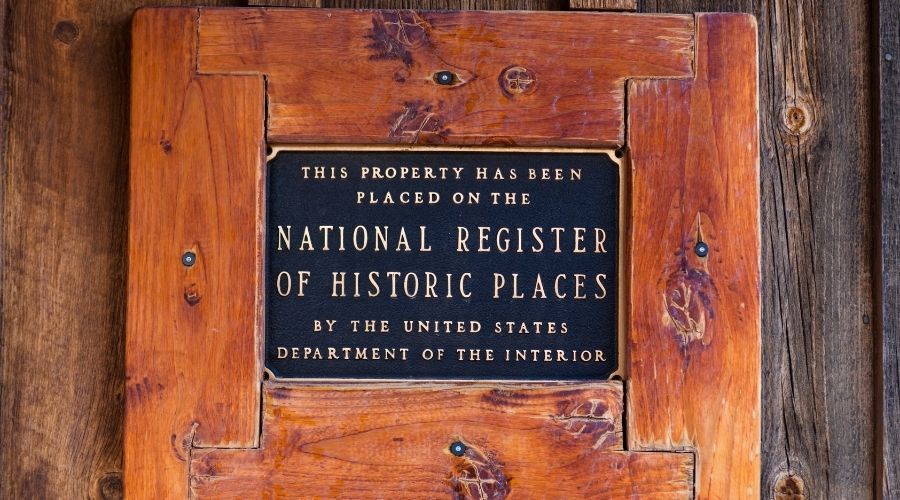
National Register of Historic Places
The National Register of Historic Places is a program administered by the National Park Service (NPS) to recognize and preserve historic properties at the national level in the United States. The National Register was established in 1966 as part of the National Historic Preservation Act and is the official list of the country’s historic places worthy of preservation.

A. Overview of the National Park Service: The NPS is a federal agency responsible for managing and conserving the country’s natural and cultural resources for the American people. The NPS is also responsible for administering the National Register of Historic Places and providing technical assistance to states, local governments, and private organizations in their efforts to preserve historic properties.
B. Purpose of the National Register of Historic Places: The purpose of the National Register is to provide recognition, incentives, and protection for historic properties. Properties listed on the National Register are recognized as being of national importance, and are eligible for various federal tax credits and grants. Additionally, properties listed on the National Register are protected under federal law, which requires that any federal projects that may affect the property be reviewed by the NPS.
C. Benefits of being listed on the National Register: There are many benefits to having a property listed on the National Register, including eligibility for federal tax credits and grants, recognition as a property of national importance, and protection under federal law. In addition, listing on the National Register can help increase public awareness and appreciation of the property, and can also increase its value and marketability.
D. How to nominate a property for the National Register: Properties can be nominated for listing on the National Register by the state historic preservation office, a local government, or a private organization. The nomination process typically involves completing a detailed application, providing documentation to support the nomination, and undergoing a review by the NPS. If the property is deemed eligible for listing, it will be added to the National Register.
Local Preservation
Additionally, there are many local preservation efforts aimed at protecting and preserving historic properties. These efforts can take many forms, including local historical societies, preservation organizations, and government programs. Be sure to check your town to see if there is a preservation society that you can help or join.
Local Historical Societies: Local historical societies are groups of people who are passionate about preserving the history and cultural heritage of their communities. These societies often work to protect and preserve local historic properties, as well as to promote public awareness and appreciation of these properties.
Preservation Organizations: There are many private, non-profit organizations dedicated to preserving historic properties, such as the National Trust for Historic Preservation. These organizations work to preserve historic properties through advocacy, education, and technical assistance, and typically have programs and resources to help owners of historic properties preserve and protect their properties.
Government Programs: Many local and state governments have programs and initiatives aimed at preserving historic properties. For example, some states have tax incentives for owners of historic properties, and many local governments have established historic districts to help preserve historic neighborhoods.
Benefits of Local Preservation Efforts: Local preservation efforts can provide numerous benefits for both the community and for individual property owners. By preserving historic properties, these efforts help to maintain the character and cultural heritage of a community, and can also lead to increased property values and economic development. In addition, local preservation efforts can help raise public awareness (such as with a historic house plaque) and appreciation of the importance of preserving our cultural heritage.
Conclusion
In conclusion, historic properties play a crucial role in preserving our cultural heritage and telling the story of our past. The designation of a property as historic can provide recognition, incentives, and protection for the property, and can also raise public awareness and appreciation of its importance.
The National Register of Historic Places and local preservation efforts are both critical components in the preservation of historic properties. By working together, we can ensure that our cultural heritage is protected and preserved for future generations to enjoy.
A commitment to preserving and maintaining the property in accordance with its historical character can be a rewarding experience when it comes to owning a historic property. However, with proper care and preservation, these properties can continue to be cherished and valued for generations to come.
In summary, the preservation of historic properties is an important aspect of our cultural heritage, and is essential for ensuring that our history and cultural heritage are protected and preserved for future generations to enjoy.


